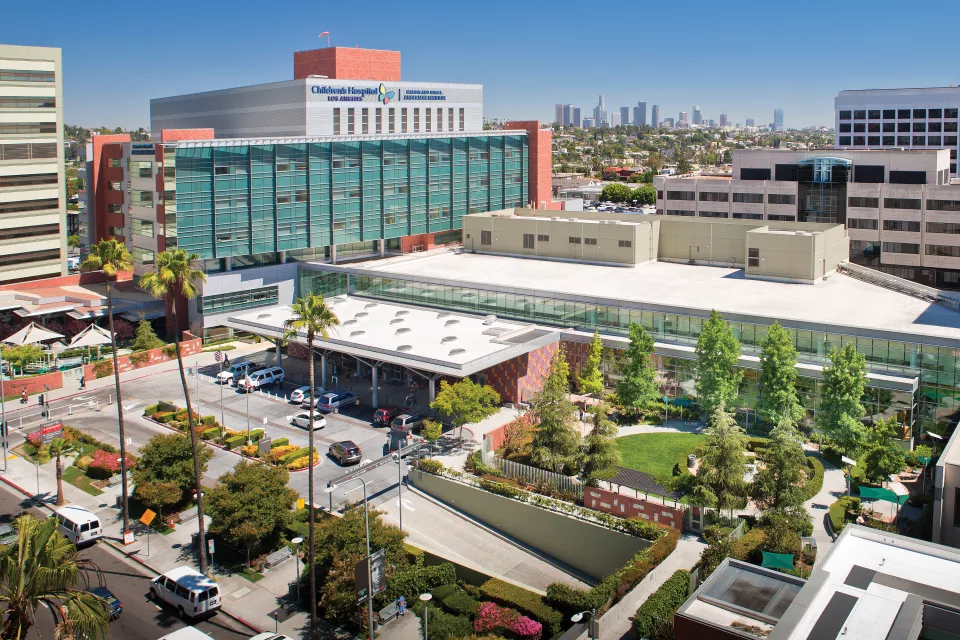Pediatric hernias represent a congenital out-pouching of the peritoneum (the “sac”) into the inguinal canal and are not the result of an injury or muscle tear, as is commonly the case in adults.
- Because intestine can enter the sac and become trapped (incarcerated), repair of the hernia by ligation of the sac is strongly recommended. This will prevent a severe case of incarceration in which the intestinal or testicular blood flow is compromised (strangulation).
- Hernias which cause pain are particularly at risk for incarceration; however, pediatric hernias rarely cause pain if there is no significant inguinal swelling. Inguinal pain in athletic kids is commonly caused by overuse of the iliopsoas tendon (iliopsoas tendonitis) and should be treated with ice, rest and NSAIDs.
Surgical Intervention
Surgeons in the Division of General Pediatric Surgery routinely provide care for children with pediatric hernias and hydroceles.
- Minimally invasive surgery has found its way into pediatric hernia repairs, and the latest advancement utilizes laparoscopy to evaluate the opposite side to determine if a second hernia is present, without the need for a second incision.
- While some surgeons are utilizing purely laparoscopic approaches for the repair of pediatric hernias, higher recurrence rates (4-5%) versus opens repairs (<1%) has prevented this approach from being widely adopted in the United States. Both hernias and long-standing communicating hydroceles should be repaired in order to prevent them from progressing into incarcerated hernias.
